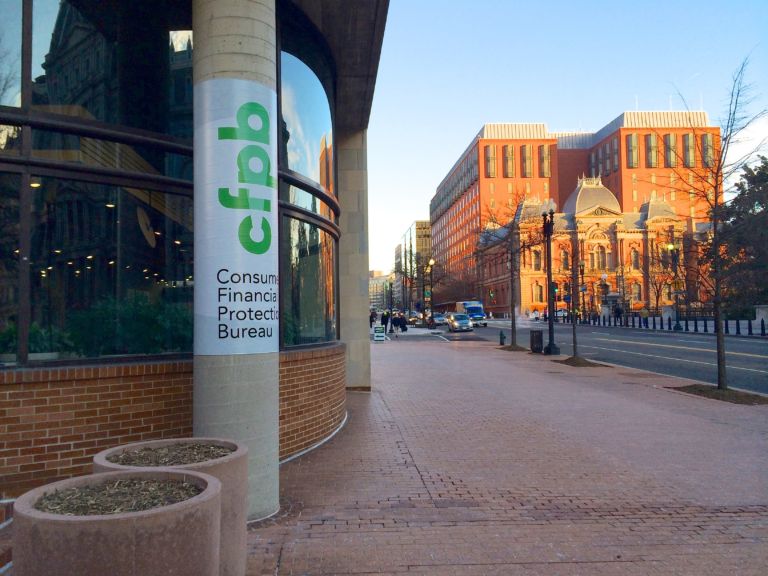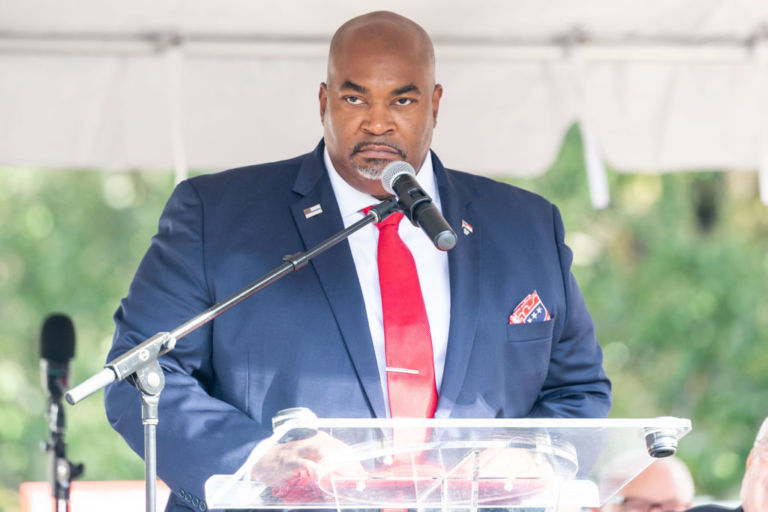Adam White writes for Commentary magazine about recent developments that bode ill for America’s climate of religious liberty.
Indeed, when President Bill Clinton signed RFRA into law in 1993, he alluded to the Founding Fathers who wrote the First Amendment: “They well understood what could happen to this country, how both religion and Government could be perverted if there were not some space created and some protection provided. … They knew that there needed to be a space of freedom between Government and people of faith that otherwise Government might usurp.” In 1993, Americans rallied behind such sentiments. RFRA passed unanimously in the House, and 97–3 in the Senate.
Today, however, many Americans’ commitment to toleration is, at best, contingent. Ginsburg spoke for many who want to “reform” the federal RFRA to clear paths for progressive policy on matters of contraception, sexual orientation, and gender identity. The same people view newly proposed state RFRAs as acts not of tolerance but intolerance. In their eyes, Religious Freedom Restoration Acts of any kind have become an undue burden on the free exercise of progressivism.
For now, the Little Sisters and other religious people can breathe sighs of relief, having won this latest case. But how long can they rely on the protections of RFRA, or on the First Amendment that undergirds it? …
… In a country where laws are made through the checks and balances of a deliberative legislative process, and where constitutional federalism limits the national government’s power while facilitating diversity among the states, the left’s turn against religious values and religious liberty would be less significant. But in a country where we are governed primarily by confident, uncompromising regulators who make law unilaterally, and in which the federal government overtakes the states in ever more parts of our lives, the recent rupture in Americans’ views of religion and religious liberty has become much more ominous.


